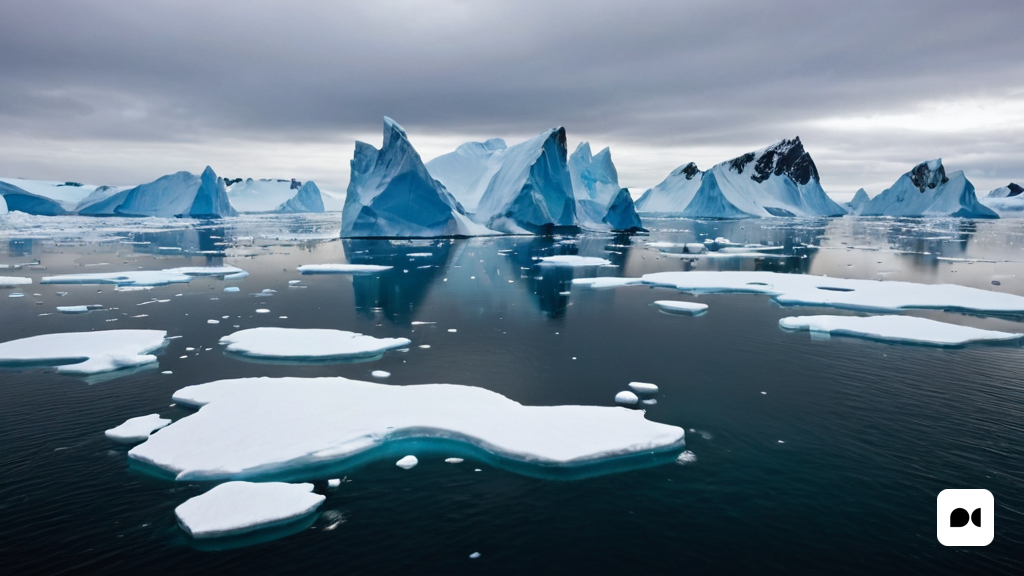The Butterfly Effect in the Oceans
The Chinese proverb ‘the flutter of a butterfly’s wings can be felt on the other side of the world’ finds its echo in the scientific world as the ‘butterfly effect’, a principle that demonstrates how small alterations can trigger far-reaching consequences. A recent study has revealed a new manifestation of this effect, establishing a surprising link between the warming of Antarctica’s deep waters and sea level rise in the North Atlantic.
Weakening of the North Atlantic Meridional Overturning Circulation (AMOC)
The study, published in the journal Nature Geoscience, focused on the abyssal branch of the North Atlantic Meridional Overturning Circulation (AMOC), a system of ocean currents that distributes heat, nutrients and carbon dioxide throughout the world’s oceans. . The researchers found that this abyssal branch has weakened by about 12% over the past two decades.
The Role of Antarctic Bottom Water
The abyssal branch is composed of Antarctic bottom water, which forms when seawater cools in the Southern Ocean and sinks to the bottom. This process, known as ‘brine rejection’, creates a layer of cold, dense water that flows north.
Deep Ocean Warming
The study revealed that the flow of Antarctic bottom water across the Atlantic has slowed, causing warming of waters in the deep ocean. This warming extends over thousands of kilometers and contributes to sea level rise due to the thermal expansion of water.
Human Impact on Ocean Circulation
The researchers concluded that human activity could be driving changes in ocean circulation, leading to deep ocean warming and sea level rise. This connection highlights the interconnectedness of Earth’s systems and our planet’s vulnerability to human-caused disruptions.
The Importance of Oceanographic Research
The study highlights the importance of oceanographic research to understand the complex processes that shape our planet. Decades of planning and collaboration between oceanographic institutions around the world have enabled this scientific breakthrough, providing crucial information to address climate challenges.

